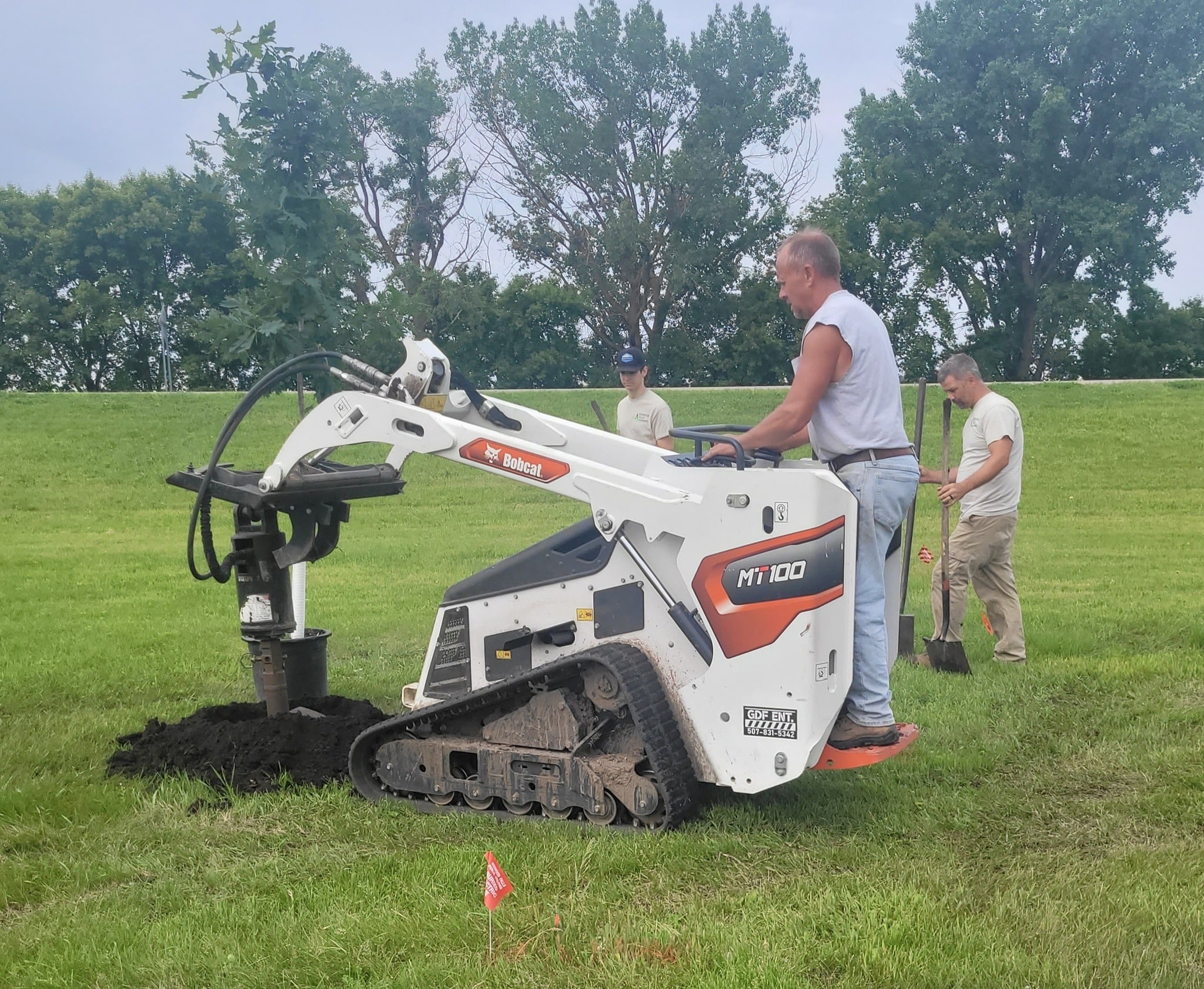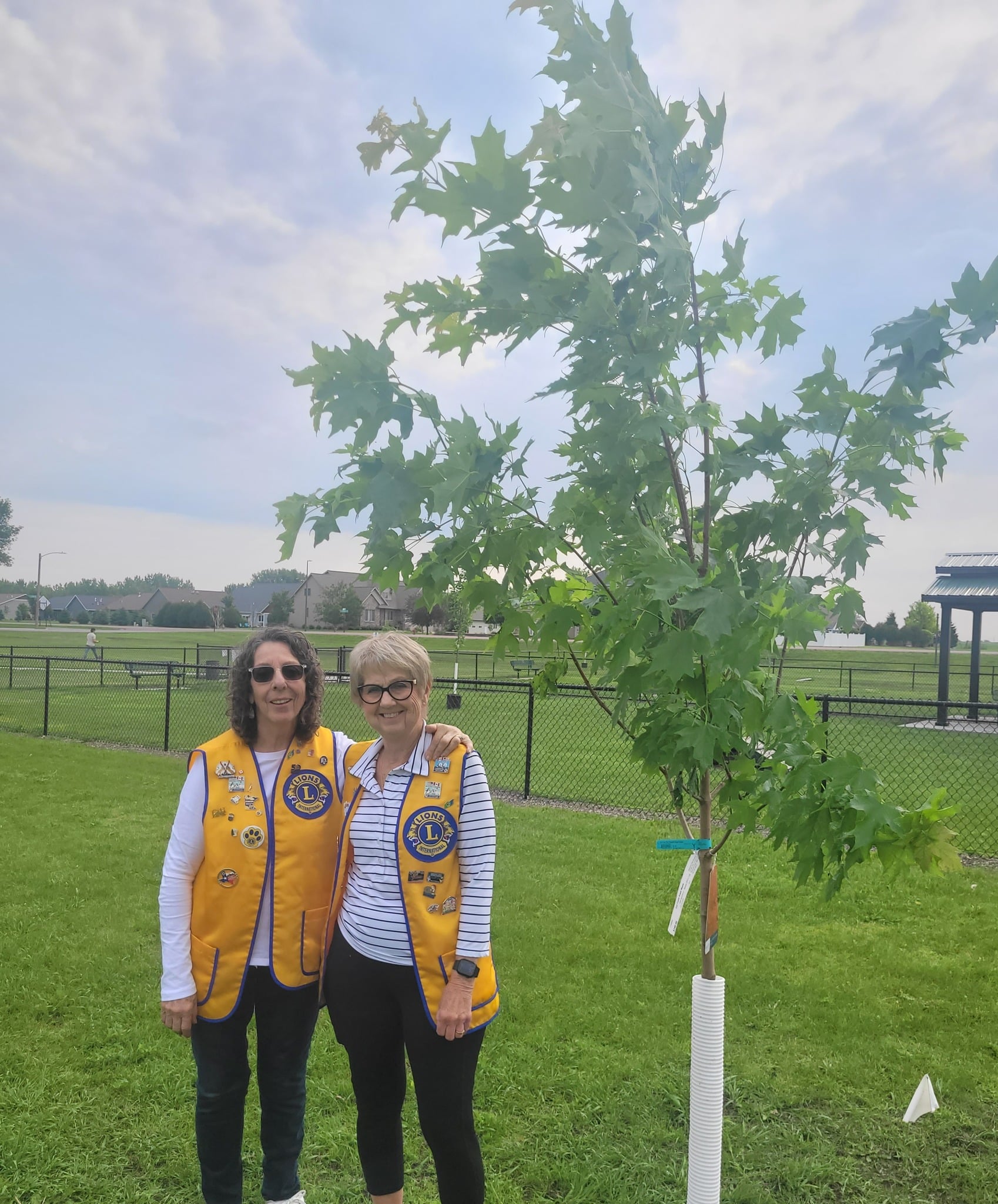Redwood Falls, Minnesota is facing a major environmental challenge: the loss of thousands of trees due to the emerald ash borer and necessary public works projects. In response, a new nonprofit organization has taken root, Reforest Redwood, dedicated to revitalizing the city's green spaces and reestablishing a healthy, diverse urban forest.
Formed to Address a Growing Crisis
Reforest Redwood was founded in Spring 2025 following a call from the City Council to establish a tree advisory board. Initially formed to help advise city leaders on how to manage widespread tree loss, it quickly became apparent that the challenge extended beyond policy. It was also financial. The city’s budget does not account for large-scale tree loss events like those caused by invasive species or infrastructure upgrades. Without funding for replacements, community green spaces were at risk of long-term decline.
Recognizing the need for action, the founding board members, Adrienne Danielson (President), John Buckley, John Woodford, and Don Hazen, decided to create a nonprofit arm. By partnering with the Redwood Area Community Foundation, Reforest Redwood was able to operate under the foundation’s 501(c)(3) umbrella, allowing them to accept tax-deductible donations.

A Community-Based Approach to Replanting
The group’s mission is straightforward but ambitious: replant every public park and boulevard in Redwood Falls. Their first success came quickly. Through generous donations from the Redwood Falls Lions Club, Daktronics, Redwood Falls Nursery, and private donors, Knollwood Park was successfully replanted earlier this summer.
The replanting model is simple, fundraise one park at a time, then evaluate how to carry out the planting. Larger replantings, such as Knollwood Park, will be put out to bid as required by city procurement policies. However, not all projects will follow this process. The group and City have discussed at length how bids require a significant amount of staff time and that local nurseries often do not submit bids for smaller-scale projects under a certain projected cost. In those cases, such as a small replanting by the fire station, the work will be done directly by Redwood Falls Nursery, ensuring high-quality, efficient installation.
Redwood Falls Nursery has been more than just a contractor. They also donated financially to help replant Knollwood Park, making them an integral partner in this effort.
rioritizing Parks with Purpose
While Knollwood Park has been restored, the group is now evaluating which park to focus on next. Johnson Park, Ramsey Park, and Perks Park are all under consideration. The board is developing a tree replanting priority plan to determine which spaces have suffered the greatest loss and would benefit most from reforestation. Boulevards, though a long-term goal, will likely come later in the project.
Crucially, the organization is committed to creating a more diverse urban forest to avoid repeating past mistakes. After Dutch elm disease wiped out many trees in the 1970s, the city planted primarily ash trees, which are now falling victim to the emerald ash borer. Going forward, the group aims to plant a variety of species to ensure resilience against future pests or diseases.
How to Get Involved
Community members are encouraged to support the initiative. A $200 to $300 donation can fund the planting of a single tree. While the city does not allow individual plaques under trees, larger donors may be recognized with plaques placed thoughtfully in the park.

Donations can be made through the Redwood Area Community Foundation’s website, and questions can be directed to Mackenzie at the foundation or Adrienne Danielson.
Reforest Redwood represents a powerful example of grassroots action, community collaboration, and long-term environmental stewardship. With continued support, the organization hopes to restore not just the city’s trees, but the beauty, shade, and habitat they provide for generations to come.
